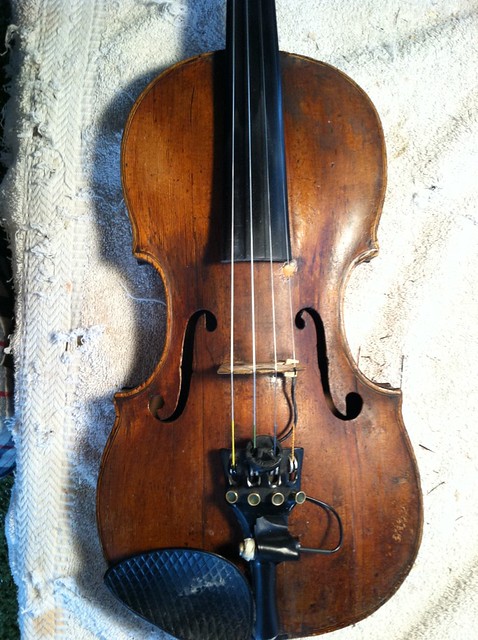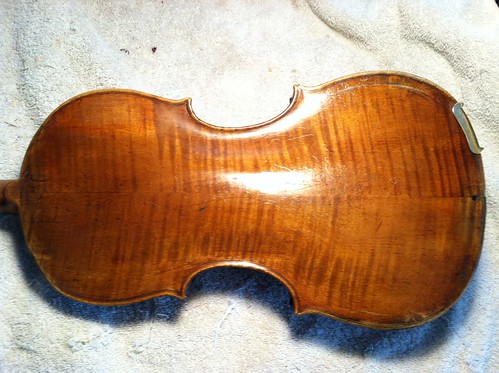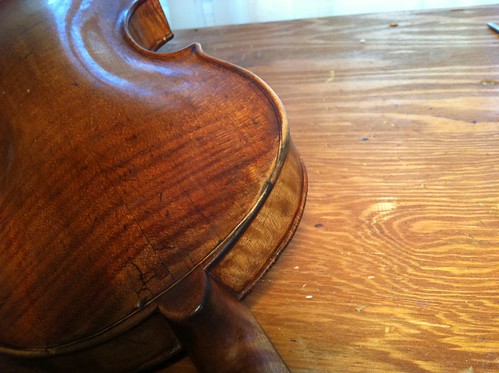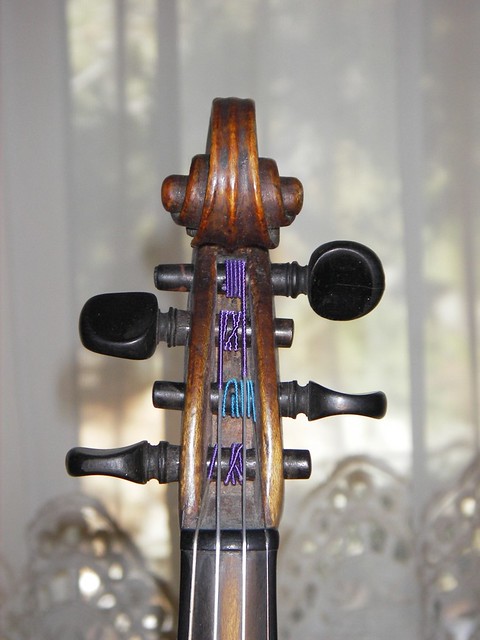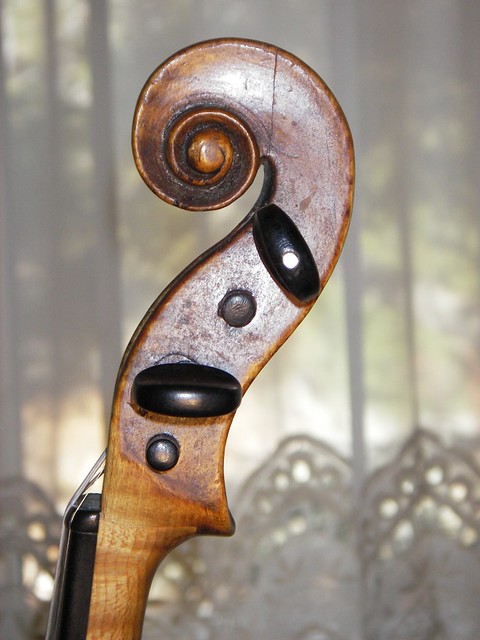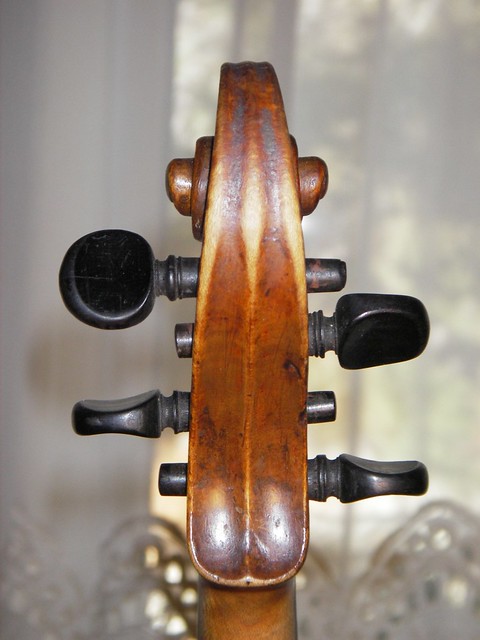I recently posted a link (on my Facebook page) to a 4-minute video on Samurai swords,
the Sword Maker. One of my FB violin-maker friends, Jack Havivi of Tel Aviv, gave me the link to a PBS hour-long documentary, now on YouTube, for
Secrets of the Samurai Sword. Both are worth seeing, and naturally the longer PBS version has far more detail.
At one point in the documentary, they refer to "Sword Porn" being the term for the movies most of us in the West have as a basis for knowing anything about the Samurai.
I guess I could diverge and say that many of us seem to get most of our 'knowledge' from movies, but that might be considered cynical, so I won't.
Anyway, in addition to enjoying sword porn, this PBS documentary is also, for us woodworkers, carbon-steel, sharp-edge, traditional-arts, marketing, blacksmith-alchemy, random-effects, waterstone porn. For me, it hit all of those buttons.
The traditional art of steel-making is also explained in scientific terms, this being PBS, but in doing so, they actually show reverence for the randomness and skill in the process, skill that takes decades to develop. Even those older folks with the skill are watching and learning, not quite knowing how it will turn out.
I am currently teaching a few math classes at the local community college. Times being what they are, repair work and sales being down, I took on the classes to keep the cash-flow going. I'm enjoying it, mostly, and it's actually giving me the freedom to turn down some work on really low-end instruments, allowing me to concentrate a bit more on building.
Although the classes are still a traditional lecture format, the homework is done on-line, with those advantages and disadvantages. The students work on their problems, they are graded instantly, and if they want to improve their score, they can re-do the problem. Of course, the 'new' problem is essentially the old problem though generated with different numbers. And that can cause certain issuess -- sometimes the numbers are not all that 'nice'.
Yesterday, several students were complaining that one problem in particular was 'impossible' to do. We took a look at it in class and I agreed that it was quite tough, possibly impossible. Some clamored for more time, an extension on the deadline, and I agreed to give them another day. After class, I had a few students come up and talk about the problem and how they had got it to work out. I tried it at home myself later, and it was tough, but doable.
And then I got thinking to my own college days. I never expected to get all the problems correct. Most of them correct, of course, because I worked hard until I had some understanding, and I was pleasantly surprised on the rare occasions when I did get 100%. What's happened to our expectations?
The contrast between that homework situation and the sword-making struck me. Some of us, myself included, have come to believe that we can always suceed at what we do, that there should be nothing out of our reach, and yet we probably underestimate just how long it takes to get good at something. Students can believe they should be able to get 100% on all their assignments. Violin makers can believe that our instruments should be without any clunkiness, that we'll actually like our varnish, or .... pick your favorite mental poison.
Well, actually customers can be quite demanding on these points, too, but that's just the way it is. You can't take it too seriously.
I found the PBS Samurai video fascinating and inspiring. Take the time to watch it, even if a bit at a time. I think you'll find many pleasant surprises. I'll give away a little teaser. The shape of the blade is a product of, no, that would be wrong to spoil it. I was astonished, though, and it was the point that I decided to write this blog post.

